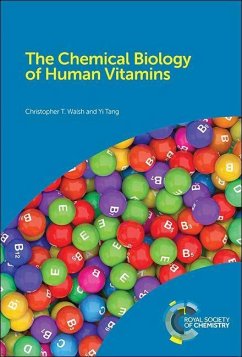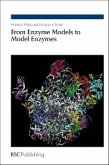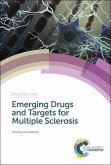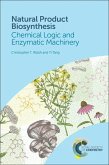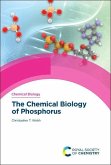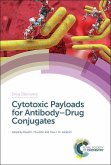As humans evolved from primordial organisms they lost the capacity to make certain essential molecules. By their very absence in specific pathologies and diseases, the thirteen human vitamins were discovered and their crucial role in metabolism revealed. This textbook provides a thorough chemocentric view on the key small molecules of life, the human vitamins and their active coenzyme forms. Detailing how their unique chemistries control the interconversion and the flux of hundreds of central human metabolites, The Chemical Biology of Human Vitamins examines the parallel and convergent tracks of the vitamins and their coenzyme forms. Analysing the mode of action of each of the vitamins, the book will illuminate the challenges that face each cell; metabolism could not proceed without the chemical functional groups vitamins provide. Authored by leading educators, this text will serve as an ideal guide and reference point for chemists in both academia and industry, graduates and advanced undergraduate students in biochemistry, chemical biology, metabolism and metabolomics.

